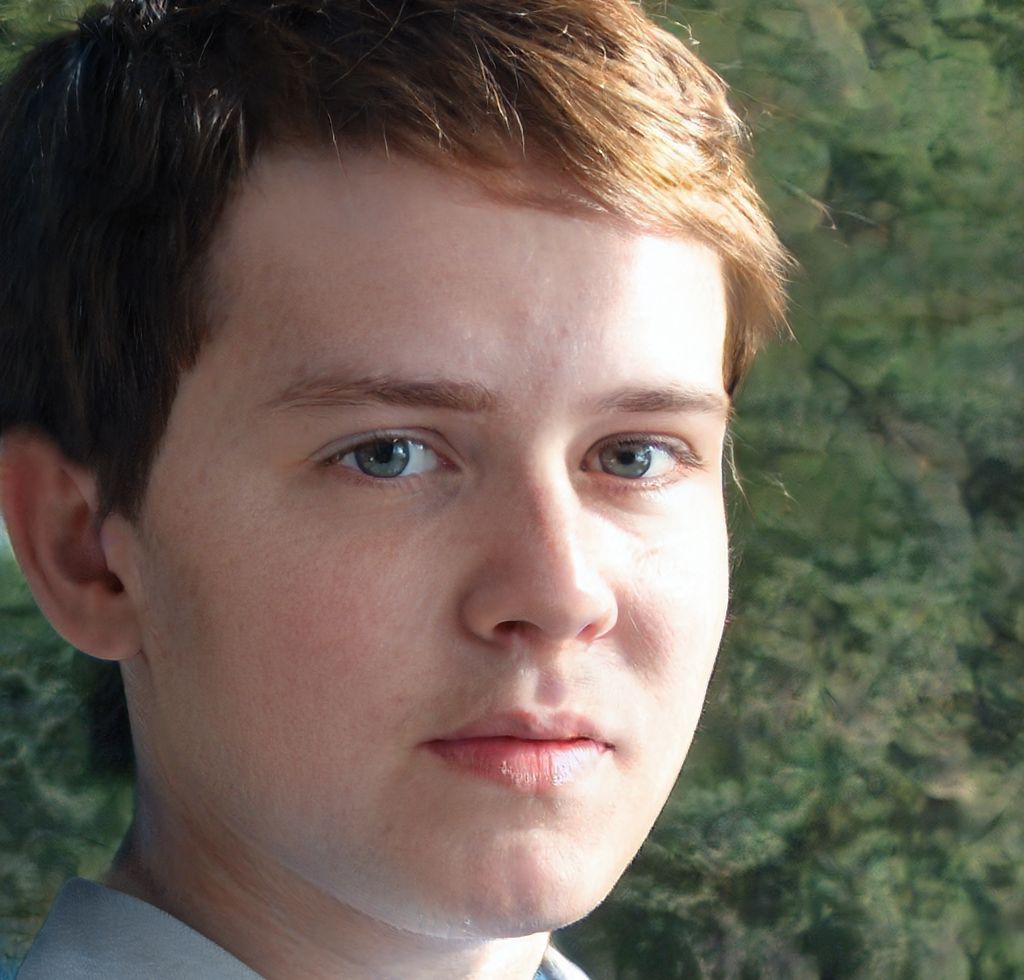How would you explain how independent assortment, crossing over, and random fertilization contribute to genetic variation?
Each factor contributes to a different combination of alleles in a haploid gamete.
During Meiosis I, there are two ways each homologous pairs of chromosomes can line up ( I I' ) & ( I' I ) - we can calculate the possible number of random combinations of chromosomes in each gamete (ie. sperm/egg) using the equation:
Random fertilization refers to the fact that if two individuals mate, and each is capable of producing over 8million potential gametes, the random chance of any one sperm and egg coming together is a product of these two probabilities - some 70 trillion different combinations of chromosomes in a potential offspring. think about that for a second
Crossing over occurs during tetrad formation of Metaphase I of meiosis; when portions of the homologous pairs get exchanged, it results in the sister chromatids involved being recombined and genetically distinct from the other sister chromatid - this can happen more than once and can happen at random loci (locations) on the chromosome.
Because crossing over can give rise to an additional unique combination of alleles, each occurrence would effectively double the number of genetically unique gametes - and because crossovers occur randomly this means that number earlier (70 trillion) doesn't even begin to describe the potential variation in offspring that can exist given the three concepts listed.
By signing up, you agree to our Terms of Service and Privacy Policy
Independent assortment shuffles genes into gametes randomly, crossing over exchanges genetic material between homologous chromosomes, and random fertilization combines gametes unpredictably, leading to diverse genetic combinations and increased variation.
By signing up, you agree to our Terms of Service and Privacy Policy
When evaluating a one-sided limit, you need to be careful when a quantity is approaching zero since its sign is different depending on which way it is approaching zero from. Let us look at some examples.
When evaluating a one-sided limit, you need to be careful when a quantity is approaching zero since its sign is different depending on which way it is approaching zero from. Let us look at some examples.
When evaluating a one-sided limit, you need to be careful when a quantity is approaching zero since its sign is different depending on which way it is approaching zero from. Let us look at some examples.
When evaluating a one-sided limit, you need to be careful when a quantity is approaching zero since its sign is different depending on which way it is approaching zero from. Let us look at some examples.
- What is the purpose of extinction?
- Wh at is the goal of natural selection?
- How are directional selection and disruptive selection alike?
- How do mutations relate to natural selection?
- We have two qualities of milk, one with relative density #1.03# and the other with relative density #1.04#, Which one is better?

- 98% accuracy study help
- Covers math, physics, chemistry, biology, and more
- Step-by-step, in-depth guides
- Readily available 24/7
 Isabella Anderson
Isabella Anderson Logan Allen
Logan Allen